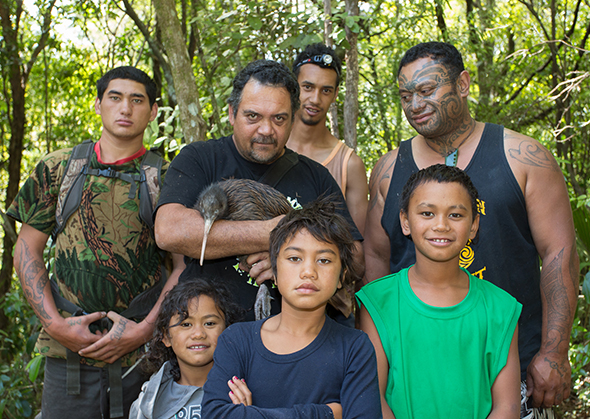For the team at Kiwi Encounter team at Rainbow Springs in Rotorua, winter is normally spent catching up on paperwork, cleaning and preparing for the new season.
Max the kiwi had a different idea and the late egg he incubating hatched on Wednesday 27 July. The new chick, subsequently named Tail End Charlie, needed only the tiniest bit of verbal encouragement, and came into the world weighing 299 grams. A docile wee chick, he is doing very well and is just about ready to be introduced to food. Tail End Charlie rounds-off a great hatching season, bringing the total of chicks hatched this season to 102. [Read more…]
